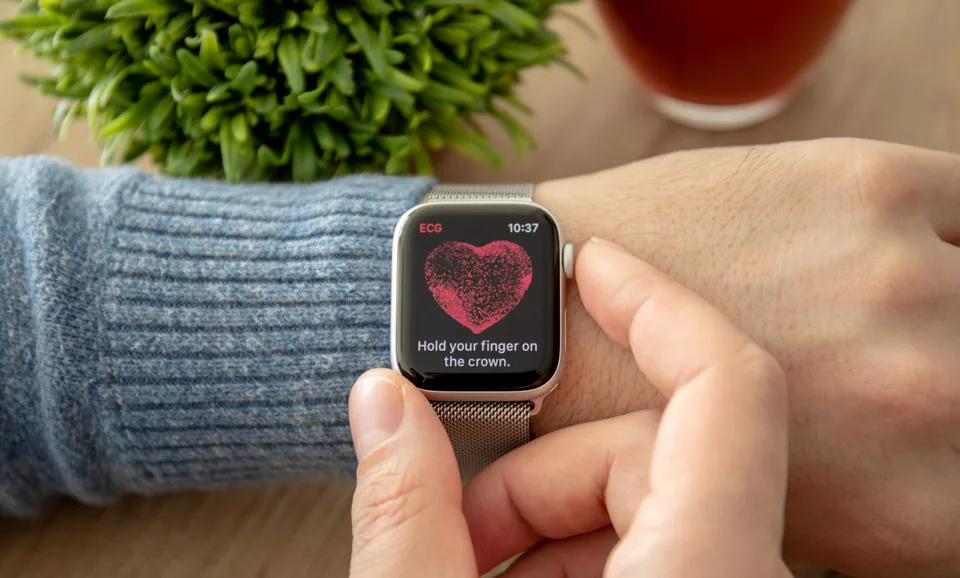Apple Watch Now Shows How Your Body React To CO.VID-19 Virus
Anil - Mar 24, 2020

This can help users address more information on how our bodies is reacting to COVID-19.
- This Man's Super-Antibody Can Be Diluted 10,000 Times But Still Works Against COVID-19
- These Indian Cities Are Under Lockdown Again In 2021
- India To Review Covishield Vaccine After Report Of Blood Clots Following Vaccination
Being praised as the best smartwatch in the world, Apple Watch has not only proven how well it works but helped its users gain sheer health and wellness features as well. In the period of coronavirus pandemic, it also contributes to the fight against this virus by introducing its newest heart health application for Apple Watch namely Sleeping BPM which can help users address more information on how their body is reacting to COVID-19.

According to Johnson Hsieh, who is the Cardiogram’s co-founder to Apple Insider, this new Sleeping BPM feature can make people more aware of how their body is responding to the diseases’ symptoms associated with COVID-19.
In addition, he provided an explanation of the way this feature works. When we are sick, small proteins called histamines will be released from our immune system cells, which cause inflammation and expansion to blood cells. This process then sends signals to our brain to increase heart rate to raise the amount of blood to inflamed regions.
This high heart rate is clearly noticed during sleep. That is the reason why Sleeping BPM will provide a detailed analysis of how the body reacts to disease. It is obvious that if users want to activate this feature, they will need to wear the Apple Watch while sleeping - time that is usually utilized to recharge the watch’s battery. However, in the time of being self-quarantined, it isn’t considered as a big problem.
Despite the huge benefits this feature may bring, it is not supposed to be able to replace medically diagnostic tests and tools as a high heart rate can happen due to many of the reasons. It is only a tool that can help users become more aware of how their body is responding to an infection.
Cardiogram is now available for free on the App Store, but users can choose to pay 25$ if they want to export data or privately monitor close ones.
Featured Stories

Gadgets - Jul 21, 2025
COLORFUL Launches iGame Shadow II DDR5 Memory for AMD Ryzen 9000 Series

Gadgets - Jun 23, 2025
COLORFUL SMART 900 AI Mini PC: Compact Power for Content Creation

Review - Jun 18, 2025
Nintendo Switch 2 Review: A Triumphant Evolution Worth the Wait

Gadgets - Jun 18, 2025
Starlink: Why It’s a Big Deal for U.S. Internet in 2025

Gadgets - Jun 17, 2025
How Custom PC Setups Support India's Esports Athletes in Global Competition

Gadgets - Jun 12, 2025
Lava Prowatch Xtreme Launches with Google Fit Integration

Gadgets - Jun 07, 2025
Fujifilm Instax Mini 41 Launches in India: Stylish Instant Camera Now Available...

Mobile - Jun 07, 2025
Realme C73 5G Launches in India: Budget 5G Phone Starts at ₹10,499

Gadgets - Jun 07, 2025
OnePlus 13s Makes Indian Debut: Compact Flagship Brings Premium Features at...

Gadgets - Jun 07, 2025
Comments
Sort by Newest | Popular